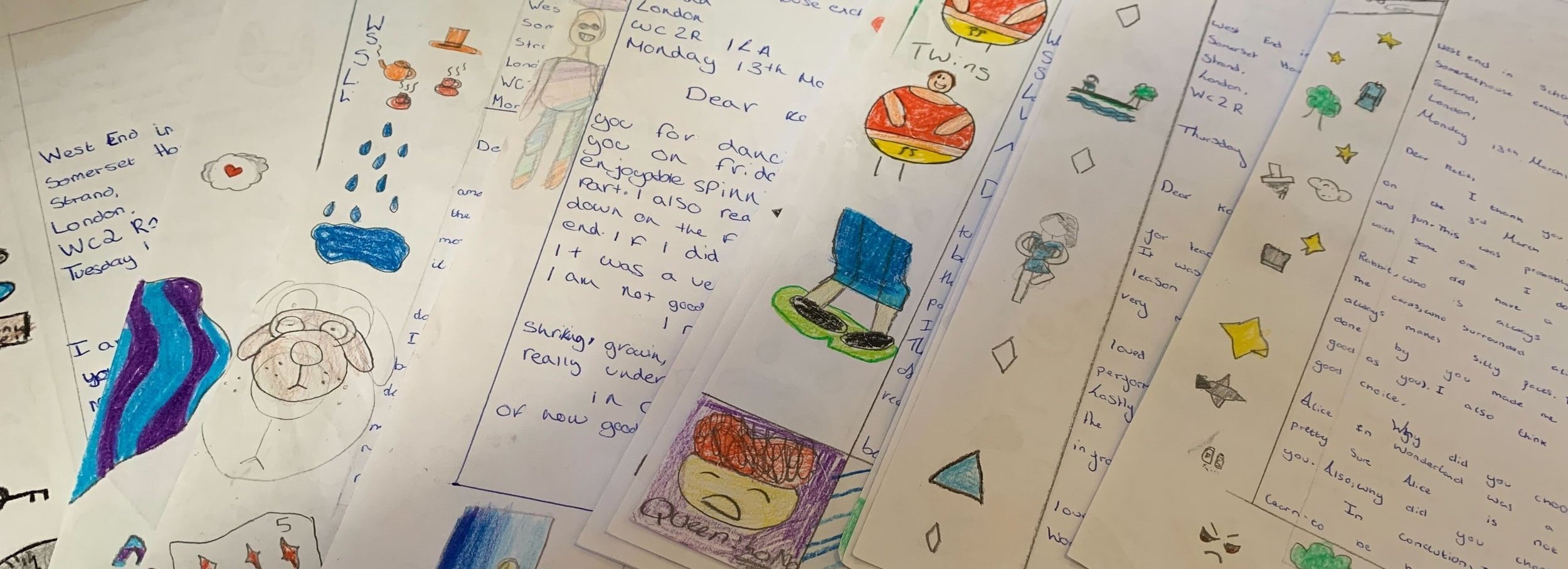
Dance Around Our World:
Dance workshop
✓ Reception - Year 6
✓ Led by a professional West End Dancer
✓ PSHE, World Around Us
✓ Delivered in your school hall
Dance your way across the continents
During the Dance Around Our World dance workshop our choreographer will work with each class, giving them a chance to dance their way across the continents. The workshop includes dances from six different countries including France, Scotland, Cuba, Kenya, India, and Ukraine.
With six international dances in each workshop session, the children will be inspired to celebrate different cultures. They will learn about how different communities around the world have developed their own style of dance in order to celebrate, entertain, and mark special occasions. We use a range of techniques and music, and customise each session to suit the interests and age of the children.
Each dance workshop concludes with a performance moment, when the children perform aspects of their work to themselves and to their teacher.
Choreography by:
Mairi Cowieson & Emma Cannon.
Find out more about our creatives.
- We work with individual classes for sessions of between 35 and 50 minutes.
- We can work with up to seven classes per day.
- To work with fewer classes we can visit for just an afternoon or morning session.
- To work with more than seven classes we can visit across multiple days.
- We will send you a suggested timetable when you enquire and we can work with you to create a timetable that works for your school day.
France - Can Can
A music hall dance traditionally performed by a row of chorus girls, it started in the working class ballrooms of paris in the 1830's and was a livelier version of the gallop, which originated as a dance for couples. Cancan means 'Tittle tattle' or 'scandal'.
Scotland - Highland Fling
Traditional highland dance, a fling is a term for a dance step and the idea is to stay on the one spot whilst performing this dance.
East Africa - Adumu
Maasai dance, traditionally performed at Eunoto, the coming of age ceremony for warriors, known also as the Jumping dance. Maasai are a group of semi-nomadic people, located in Kenya and northern Tanzania.
Ukraine - Hopak
Traditional folk dance, often referred to as the National Dance of Ukraine. It originated in the 16th century as a dance performed by men, incorporating jumping as a way to show strength, and is now performed by couples, soloists and in groups.
India- Jai Ho (Bollywood)
Bollywood is the informal term popularly used for the Hindi-language film industry based in Mumbai. Music in these films are called 'Filma' and the dances are based on traditional Indian dances and folk dances.
Cuba - Salsa
Originates from Cuban-Son (circa 1920) and Afro Cuban dance, mainly the Rumba.
Freestyle
Now its time to show your moves!
Can’t find the answer you’re looking for? Try our FAQs page.

